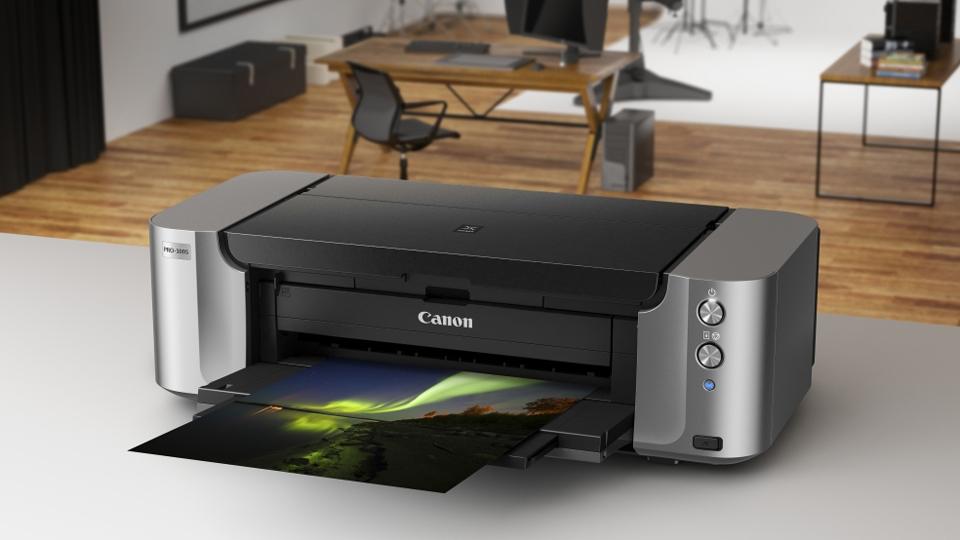Introduction:
You need to print a document for work or create a small batch of flyers for your side hustle. Sure, you could rush to the local print shop and have it done in minutes—but what if you could do the same project yourself but faster and more affordably?
Well, believe it or not, you can. In this guide, we’re taking you through the basics of professional-level printing from your home or office. We’ll dive into what materials you’ll need, how to choose the right printing settings, and which tools to look out for when shopping at an office supply store.
Consider this an all-in-one guide on professional printing tips—everything you need to get your project done quickly and digitally. Let’s get started!
What Kind of Types of Printers to Use for Home and Office?
When it comes to printing at home or in the office, you want to choose a printer that meets your needs. If you’re just using it on occasion for documents and photos, an inkjet printer is a great choice. On the other hand, if you’re printing larger jobs or for higher quality photos then a laser printer is the way to go.
Here’s a quick rundown of the different types of printers available, plus their pros and cons:
Inkjet Printer:
- Pros: low upfront cost, can print photos, can handle small tasks quickly
- Cons: high cost per page due to ink costs, may have difficulty with heavier card stock or large print jobs
Laser Printer:
- Pros: lower cost per page compared to inkjet printer, faster printing speeds for bigger jobs and large documents
- Cons: more expensive upfront cost than an inkjet printer, prints only in black and white
How to Save Money on Printer Supplies?
If you’re running a business, or frequently need to print at home, minimizing your printing costs is essential. Fortunately, there are some simple steps you can take to save money on printer supplies. Here are some of the top techniques for cutting the cost of printing!
- Recycle: Reusing empty ink cartridges is one of the best ways to save money on printer supplies. Many retailers will even give you discounts when you bring your used cartridges in for recycling.
- Use generic brands: While some may worry about quality, generic brand inks and toners can still do a great job with printing, and at a fraction of the cost of brand name products.
- Go online: Shopping online for printer supplies definitely has its benefits! Check out online retailers like Amazon or eBay where you can often find significant discounts. Just make sure to read reviews before buying anything to ensure quality.
- Buy in bulk: If you go through a lot of ink or toner, it might be beneficial to buy larger quantities instead of individual cartridges. Not only will this help make sure that you never run out, but it could also be a cheaper option in the long term.
By following these tips, you can save yourself lots of money on printer supplies and get your business back on track!
Guidelines for Designing Print-Ready Files:
When you’re designing something to be printed, it’s important to keep the end goal in mind—you want a printed masterpiece that looks just as great as what you see on your computer screen.
Here are some tips to keep in mind when designing your print-ready files:
Resolution:
Make sure your images are at least 300 DPI, or dots per inch. Low-resolution images can look “pixelated” when printed, so be sure to use high-resolution images for the best results.
Color Mode:
Use CMYK color mode for accurate color reproduction. This is critical if you’re designing something with a lot of colors and intricate details. CMYK stands for Cyan, Magenta, Yellow and Key Black – and it’s the standard color system used in press printing.
Bleed & Margins:
Be mindful of bleed (the amount of artwork or text that extends beyond the edge of the page) and margins (the space between text or art elements). All these should be created correctly to ensure no important content gets cut off during printing.
It’s also important to keep any text away from the trim line so that it doesn’t get cut off by accident. A safe margin is about 1/4″ away— any closer than this and there is a risk that some of your content may get trimmed off during printing.
By following these design guidelines, you can rest assured that your prints will come out just the way you expect them!
Popular Printing Techniques and Their Features:
If you’re looking for professional printing tips for your home or office, then you’re probably wondering about the different types of printing techniques available. It’s important to understand the differences between the various techniques when it comes to quality, cost and time considerations. Let’s take a look at some of the most popular printing techniques and what features they offer:
Laser Printing:
Laser printing is one of the most advanced and popular methods of printing used today. It uses a laser beam to transfer toner onto paper and produces clear, high-resolution prints quickly and efficiently. Laser printers are also very cost effective, as they use only small amounts of electricity and don’t require any special ink or toner cartridges.
Inkjet Printing:
Inkjets use liquid ink that is applied to paper in tiny droplets through tiny jets. The droplets are carefully calibrated so that they form an image on the paper once they’re dry. Inkjet prints are often used when color is required on prints, as this type of printing provides the best results in terms of color accuracy and detail level. The downside to inkjet printers is that they tend to be more expensive than other types of printers, plus their ink can be expensive as well.
Dye Sublimation:
Dye sublimation is a popular method for creating long-lasting prints that won’t fade over time. It involves using a heat-sensitive dye that is applied directly to paper before being heated in order for it to transfer onto the paper permanently. This technique offers high-quality results with vibrant colors, but it can be costly if you’re producing large quantities.
No matter what type of professional
Printing Mistakes to Avoid:
When it comes to printing, there are a few mistakes you’re going to want to avoid if you want to get the best results from your printer.
Bleed pages:
When you print a document on your home or office printer, you want the pages to be in perfect alignment—so don’t forget about bleed pages! If your printout doesn’t have bleed pages, it’s likely that some parts of the text and the images won’t appear correctly. So make sure you know how to create bleed pages before getting started.
Incorrect paper size or type:
It’s important to pick the right paper size and type for your project. The wrong combination can lead to poor-quality prints, jams in your printer, or paper wastage. Do some research on what type and size of paper is most suitable for different printing jobs.
ink levels:
This is especially important if you’re using an inkjet printer, but even if you’re using a laser printer make sure that your ink levels are topped up so that they don’t run dry halfway through a job. You don’t want half of a page printed in bold and the other half barely visible!
Not heeding these tips can be costly in terms of money and time — so take care when setting up a document for printing, and ensure that an excellent print job is delivered every time!
How to Maintain a Printer in Optimal Working Condition:
Do you want to make sure your printer is functioning optimally? Here are some helpful tips on how to maintain it.
Regular Cleaning:
Dust and dirt can accumulate inside a printer if it isn’t regularly cleaned. Consider using an air compressor or lightly damp cloth to remove debris on the outside of the unit, as well as its roller systems. Don’t forget to wipe down the paper tray and printer head, too.
Paper Alignment and Feeding:
Ensure that the paper is properly aligned and loading correctly into the paper feed tray. If not, adjust accordingly or clean out any residue that may be blocking it from feeding correctly.
Update Drivers:
Make sure that you always have the latest driver for your printer installed in order for your prints to come out properly. This is important for both home office printers and larger business printing machines alike.
Check Ink Levels:
Check your ink levels periodically, as ink can dry up over time and cause issues with printing. Also check for clogged nozzles or other maintenance issues that might occur due to a lack of use.
Following these simple tips will help keep your printer in optimal working condition, ensuring consistently high-quality prints every time!
Conclusion:
Taking a few minutes to identify your needs and finding the right printer for the job not only ensures a higher quality product but also helps you save time and money in the long run. As you’re shopping around, keep in mind the different types of printers, the media support and resolutions that are available, and the maintenance for each one.
Finally, don’t be afraid to ask for help. Whether you’re shopping for a printer or looking for advice on the best settings for your project, professional printer experts can provide valuable insight and recommendations that will have you printing like a pro in no time!



